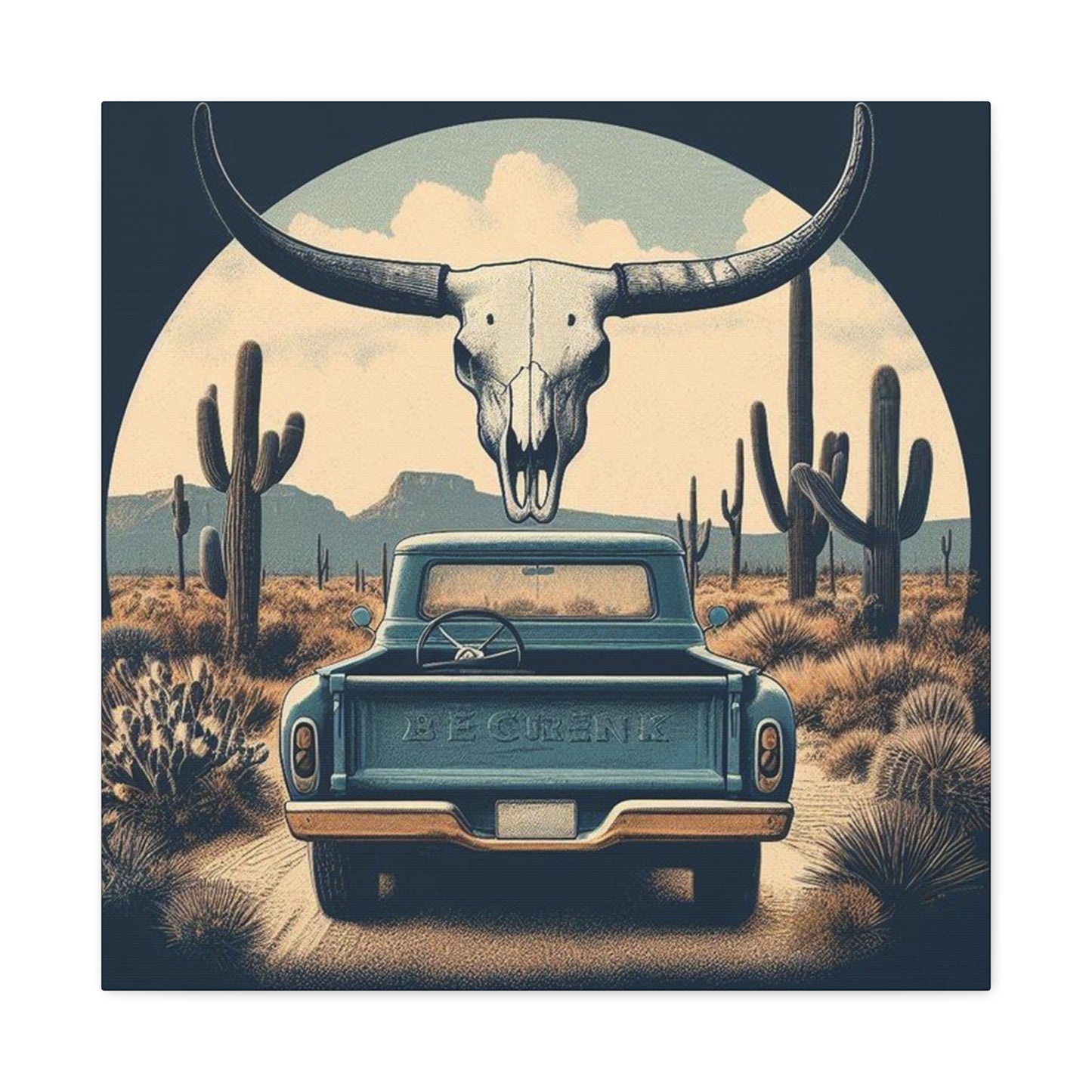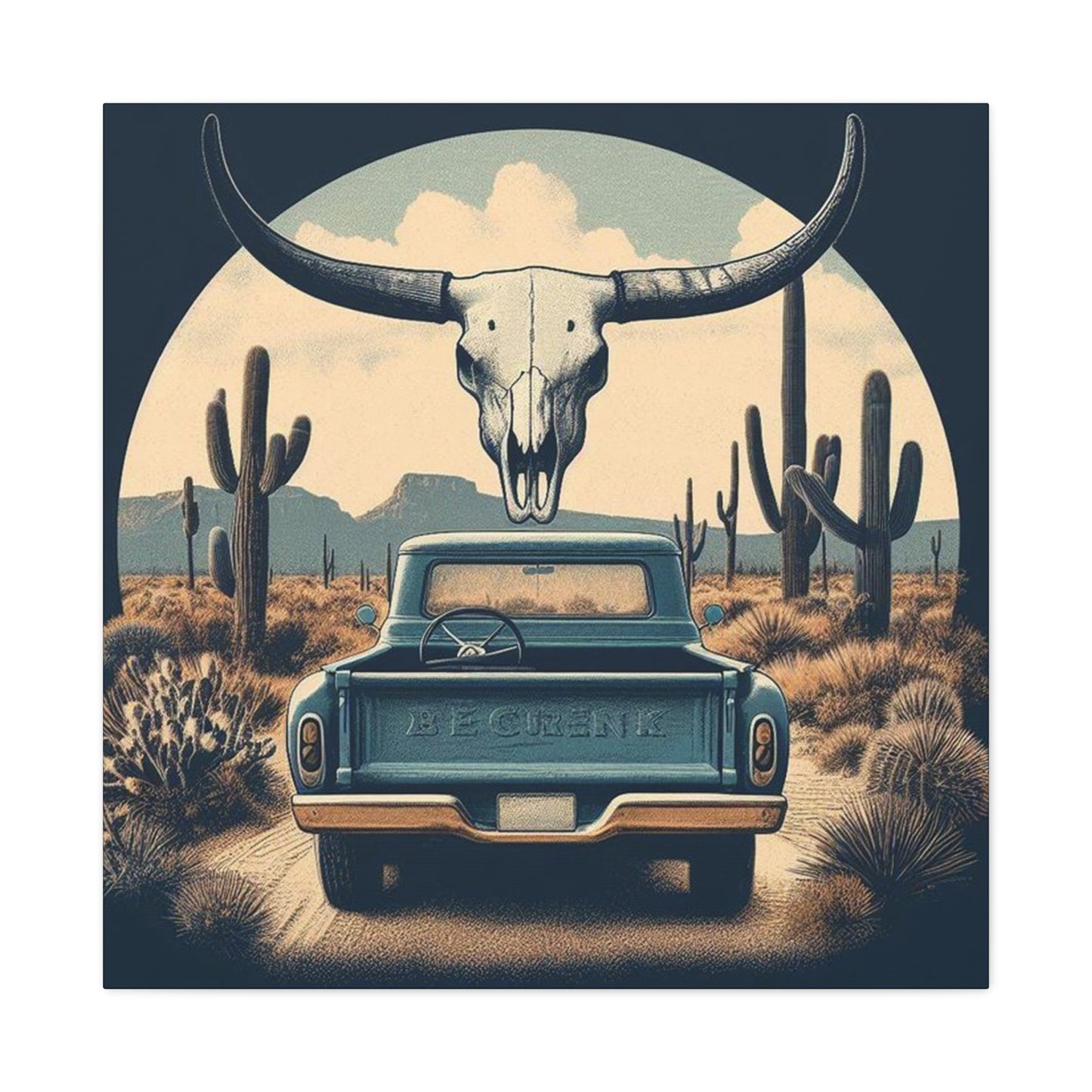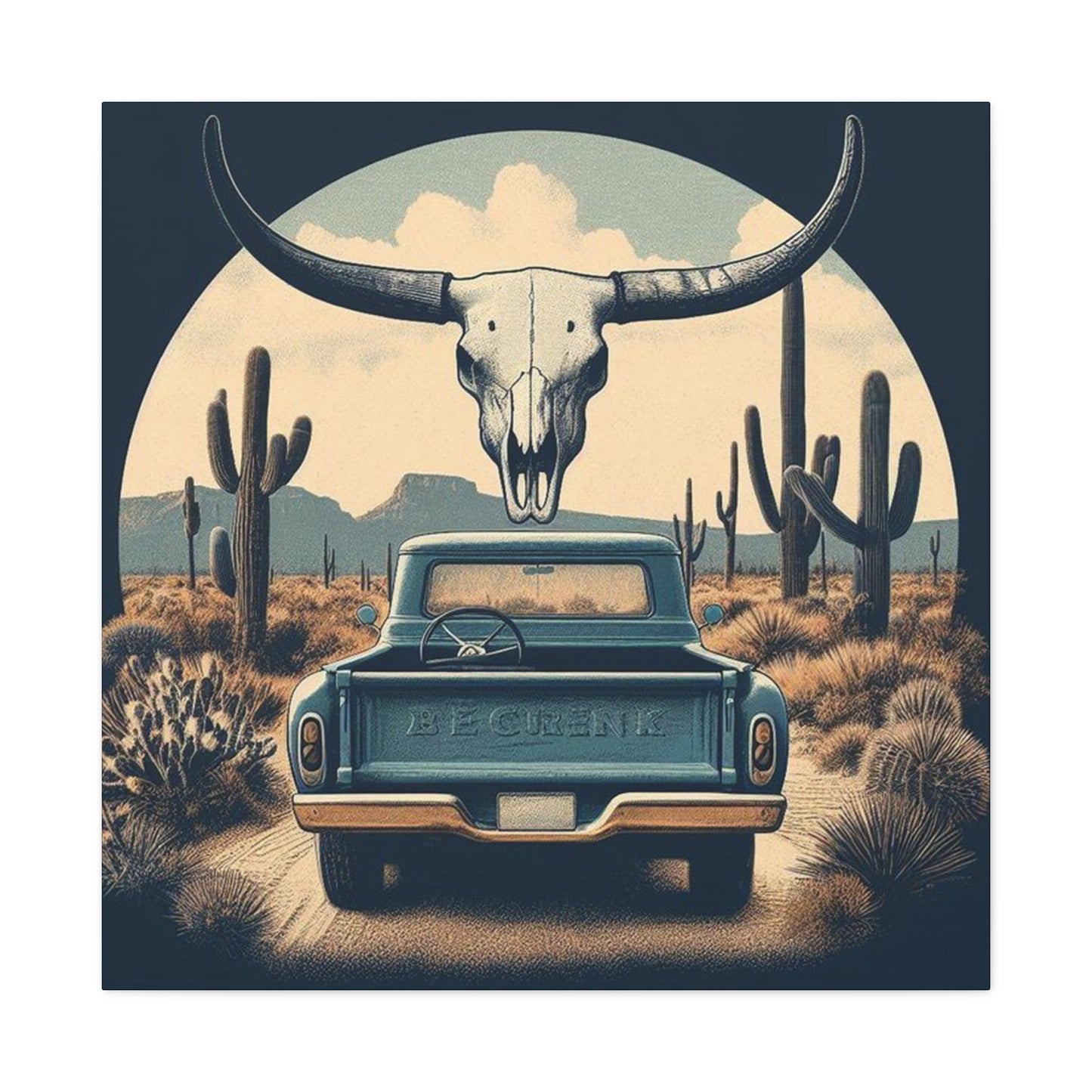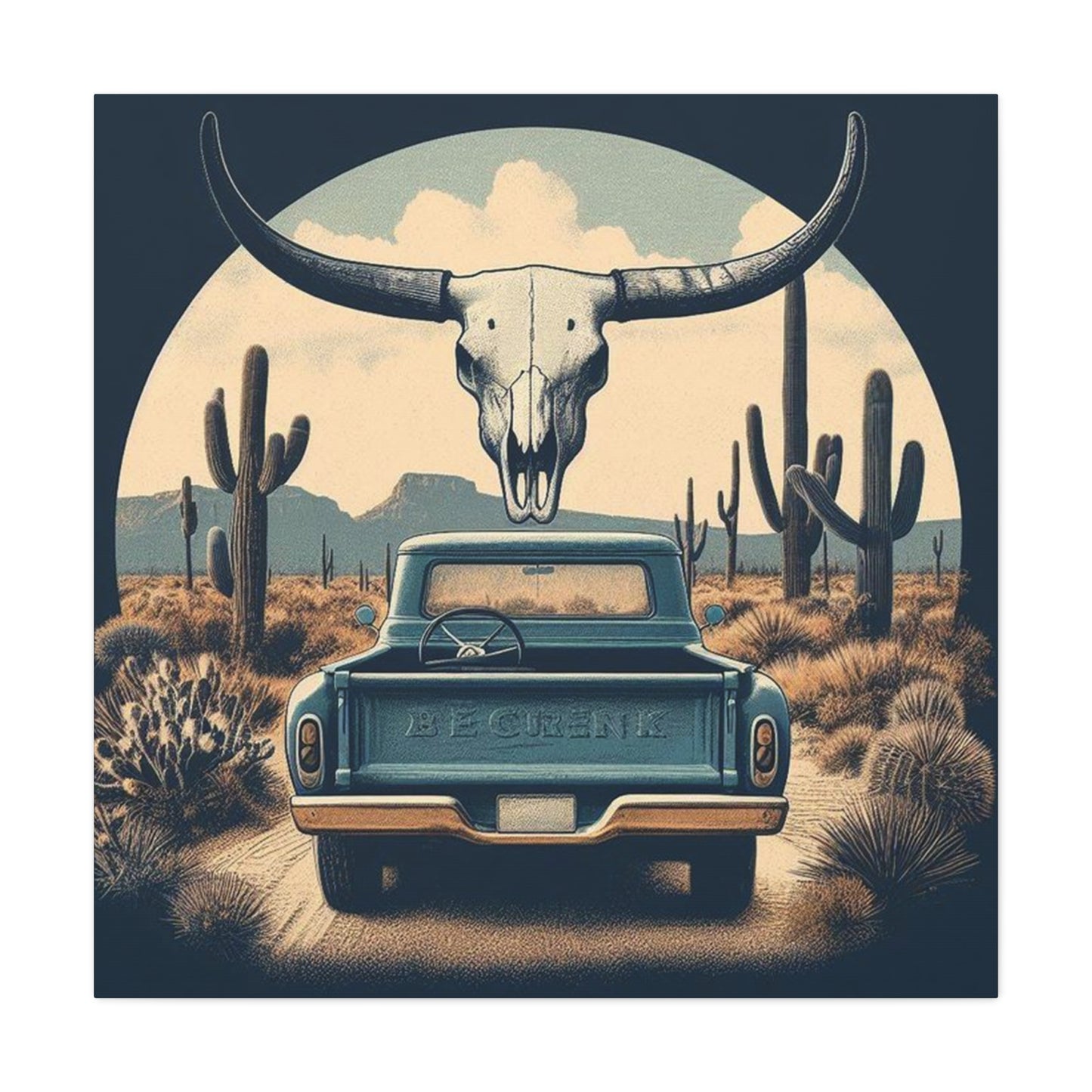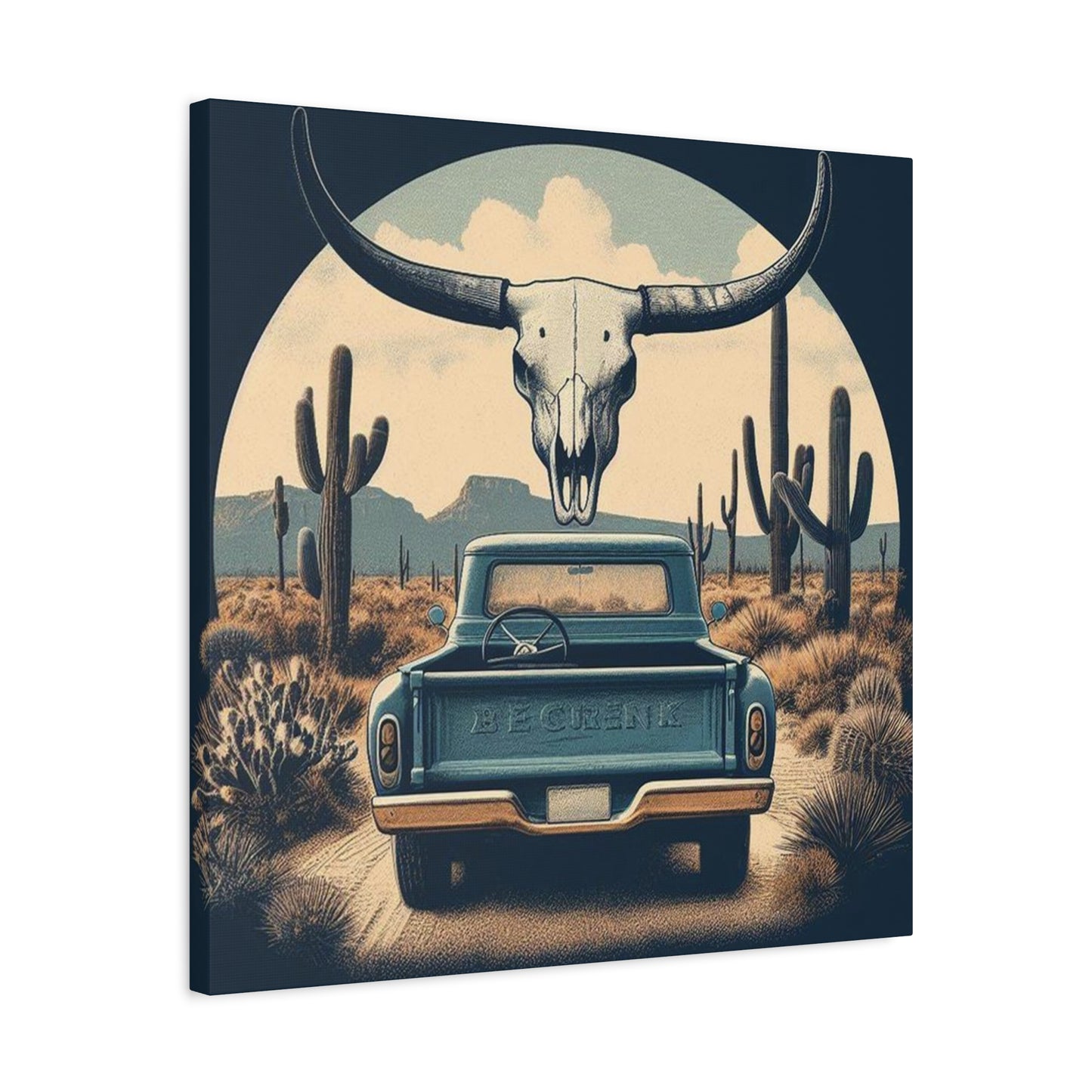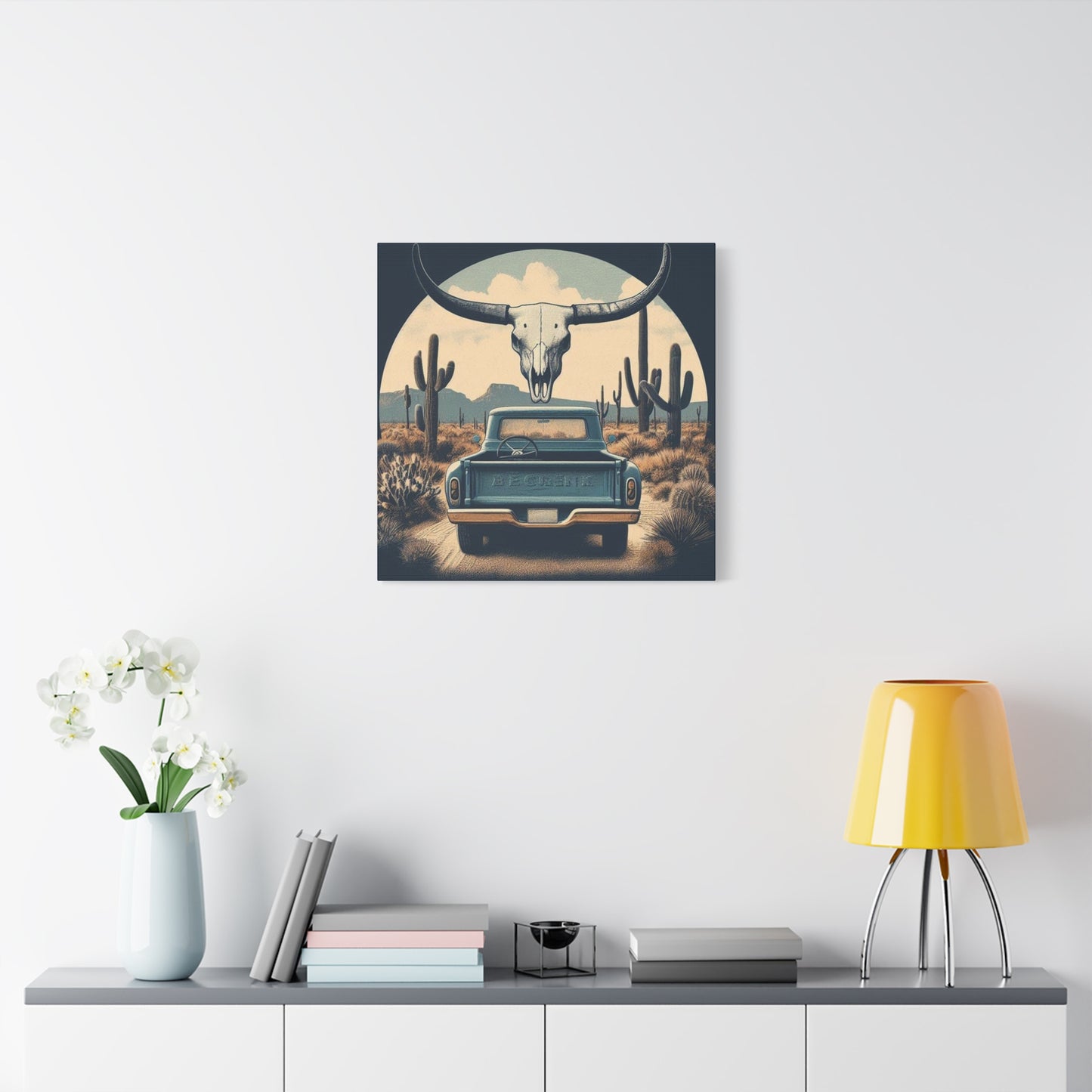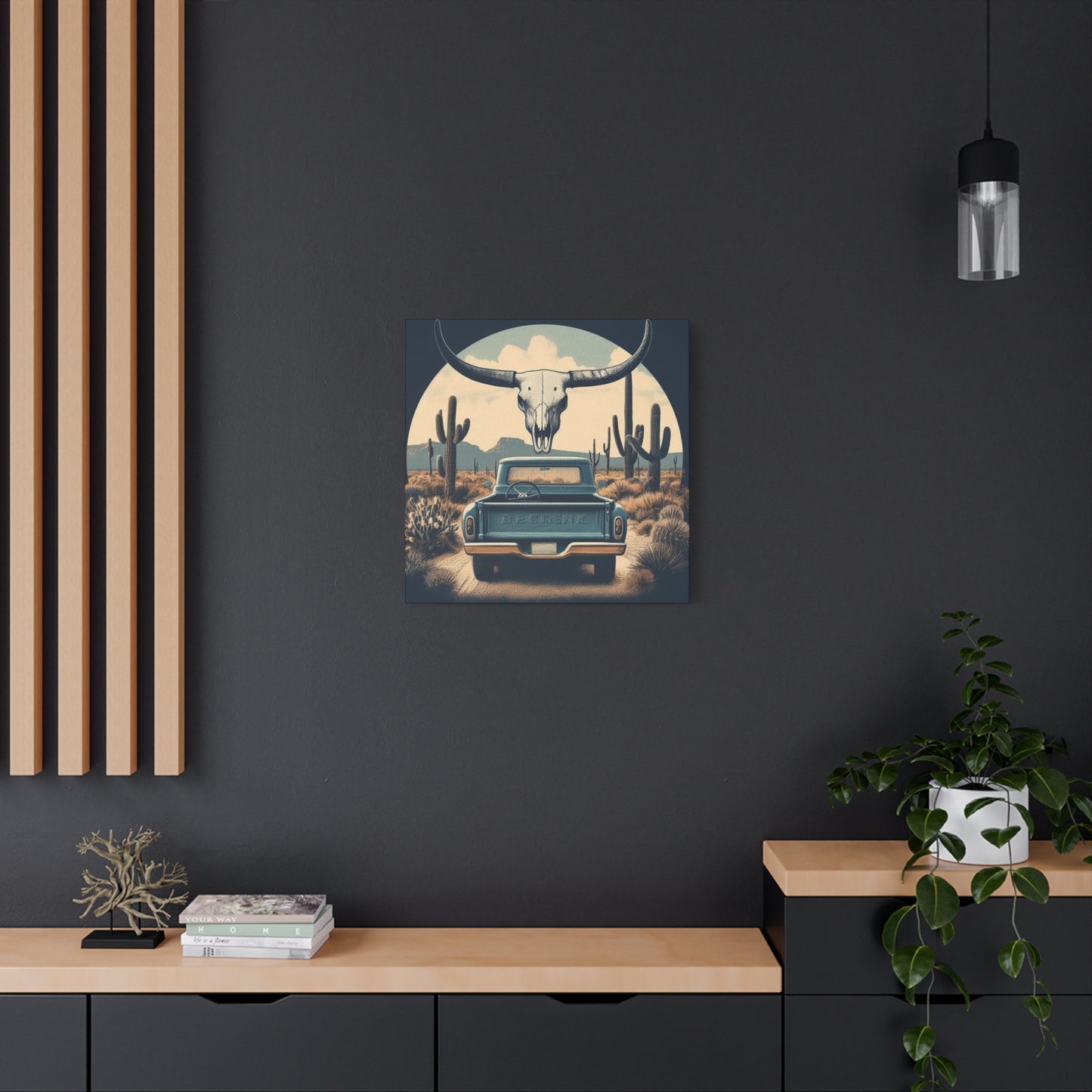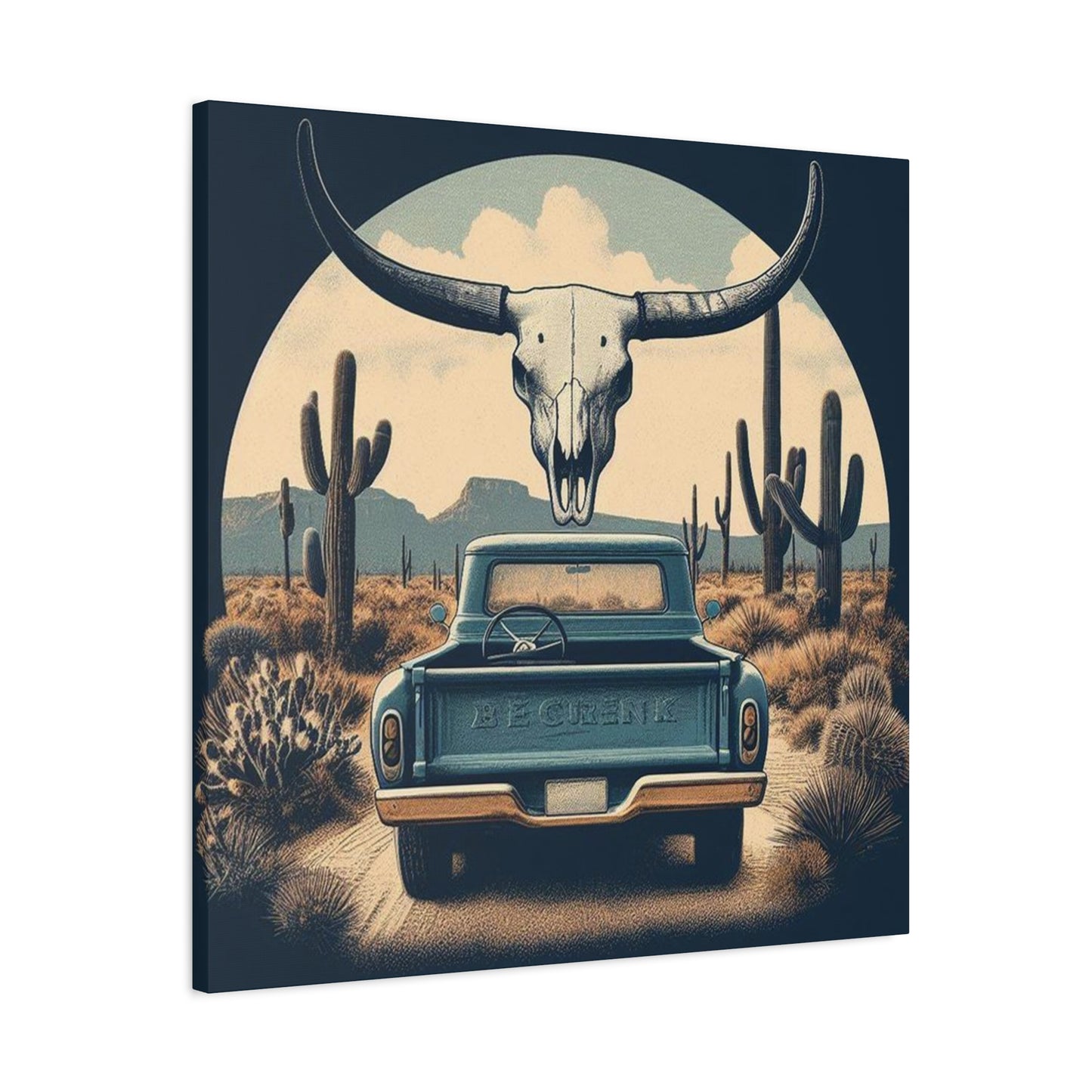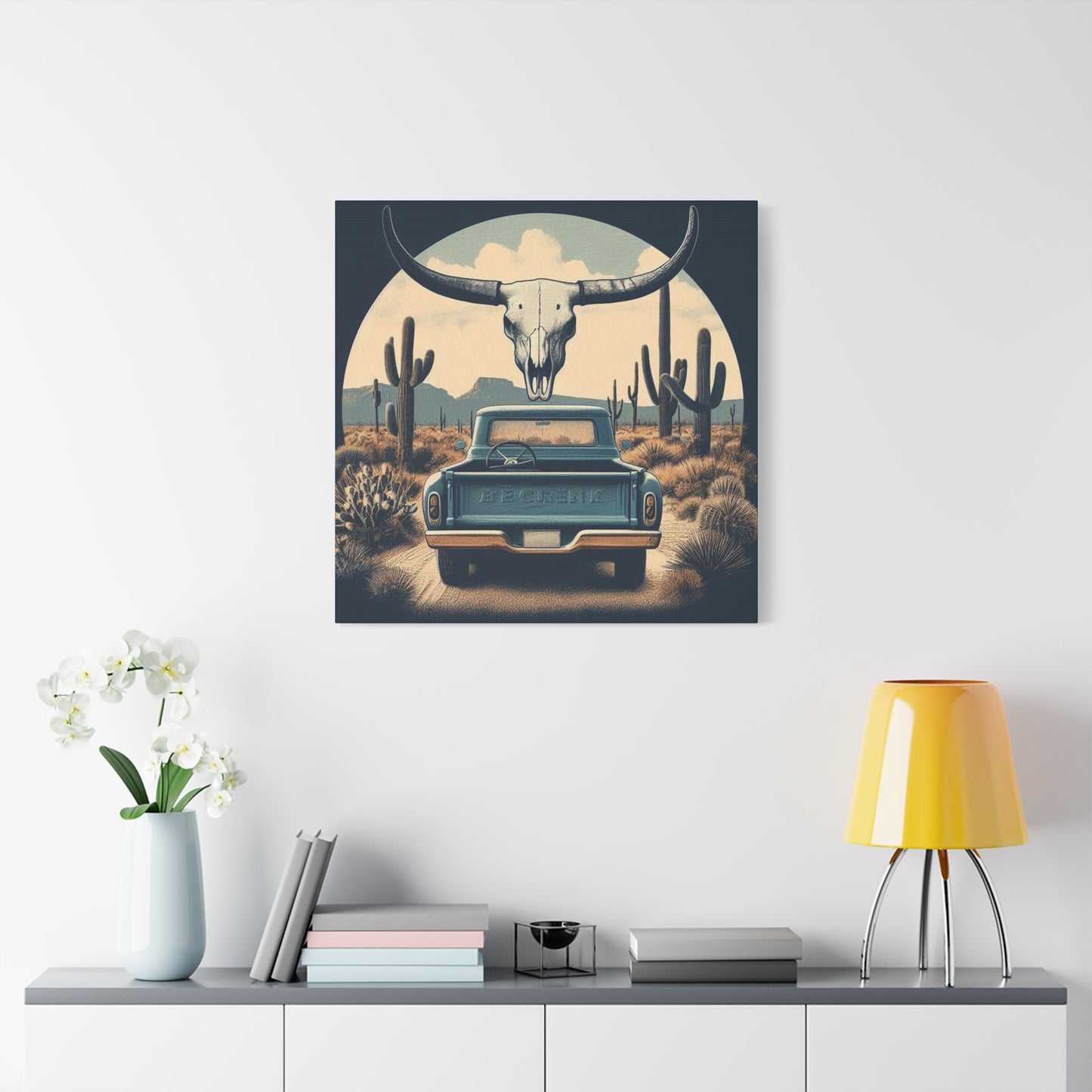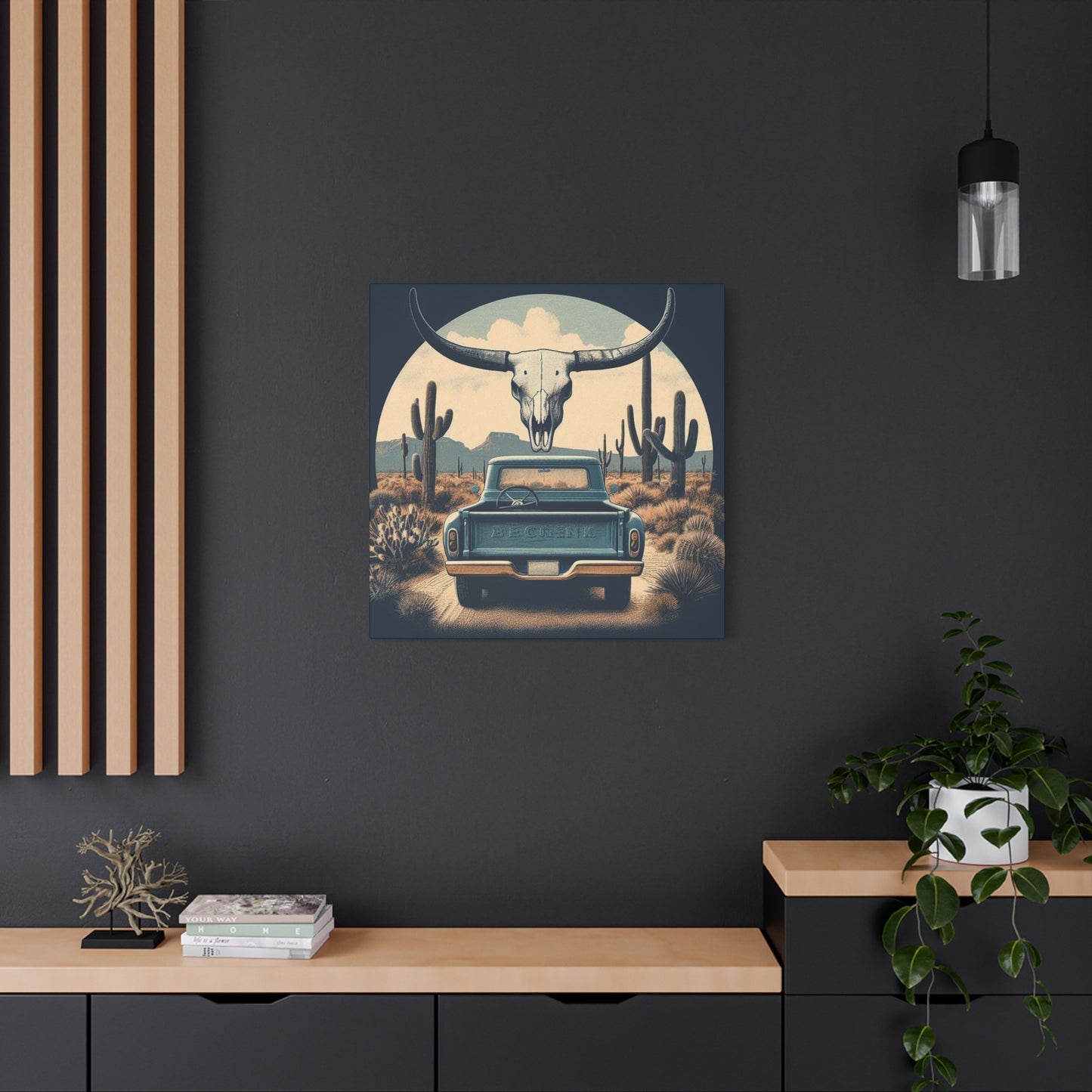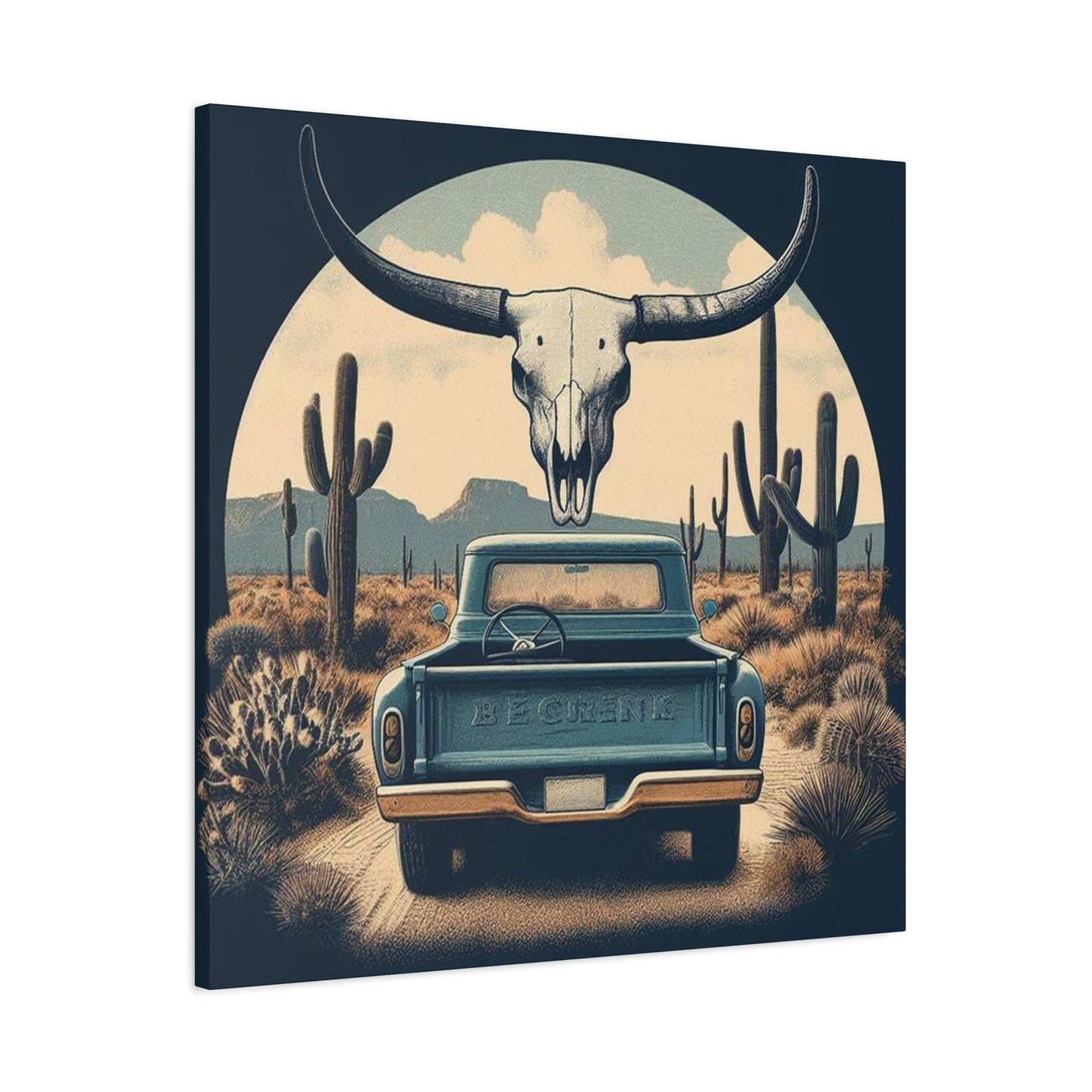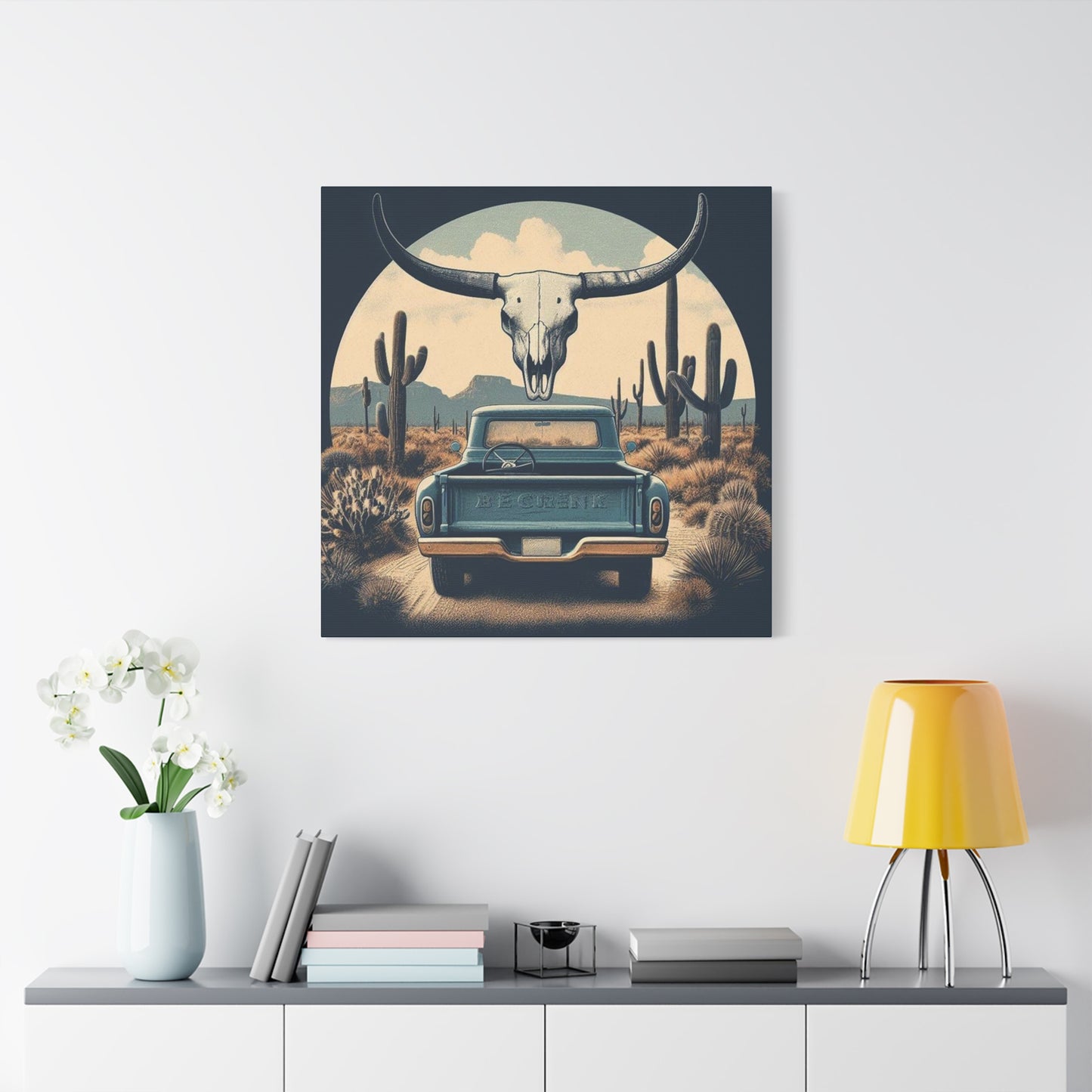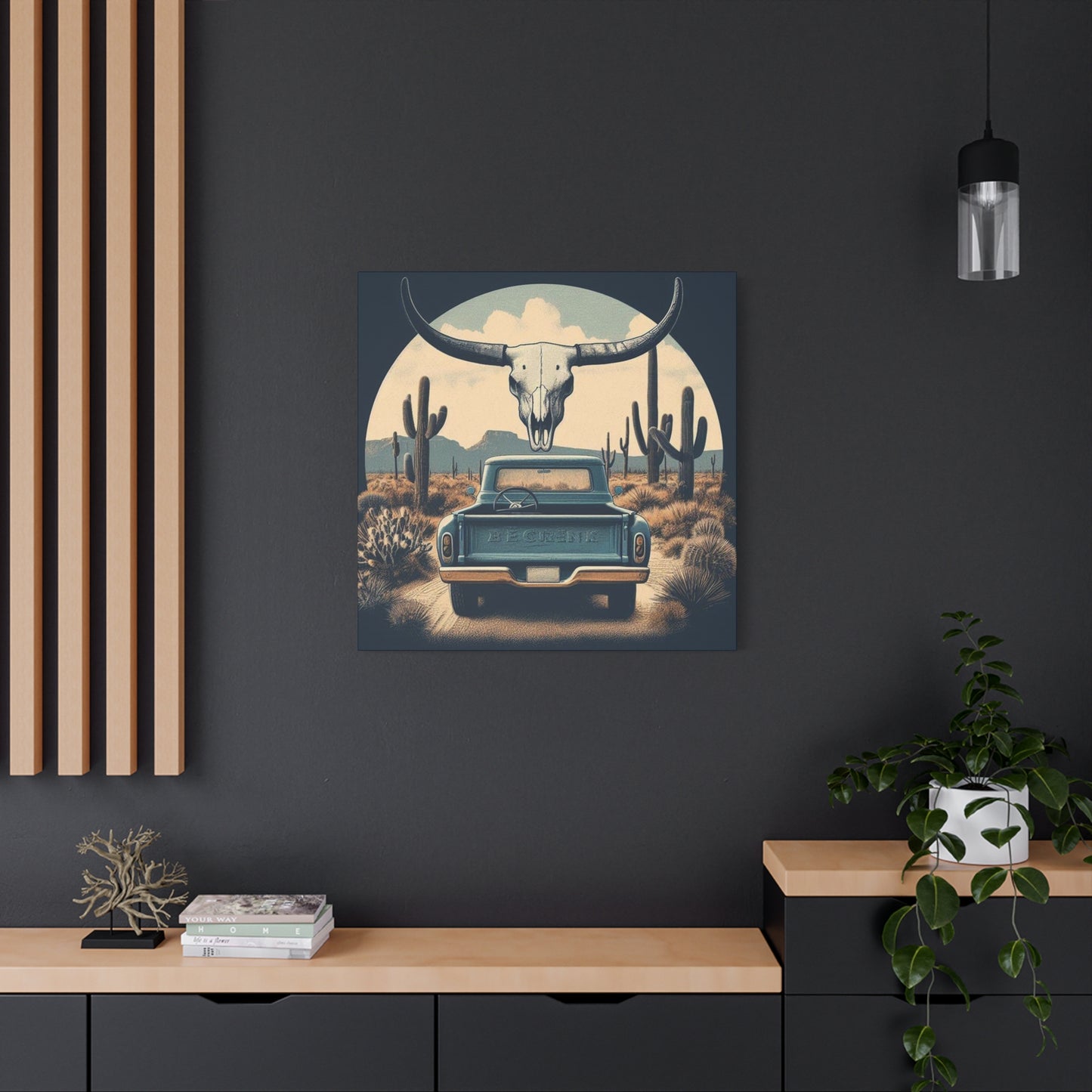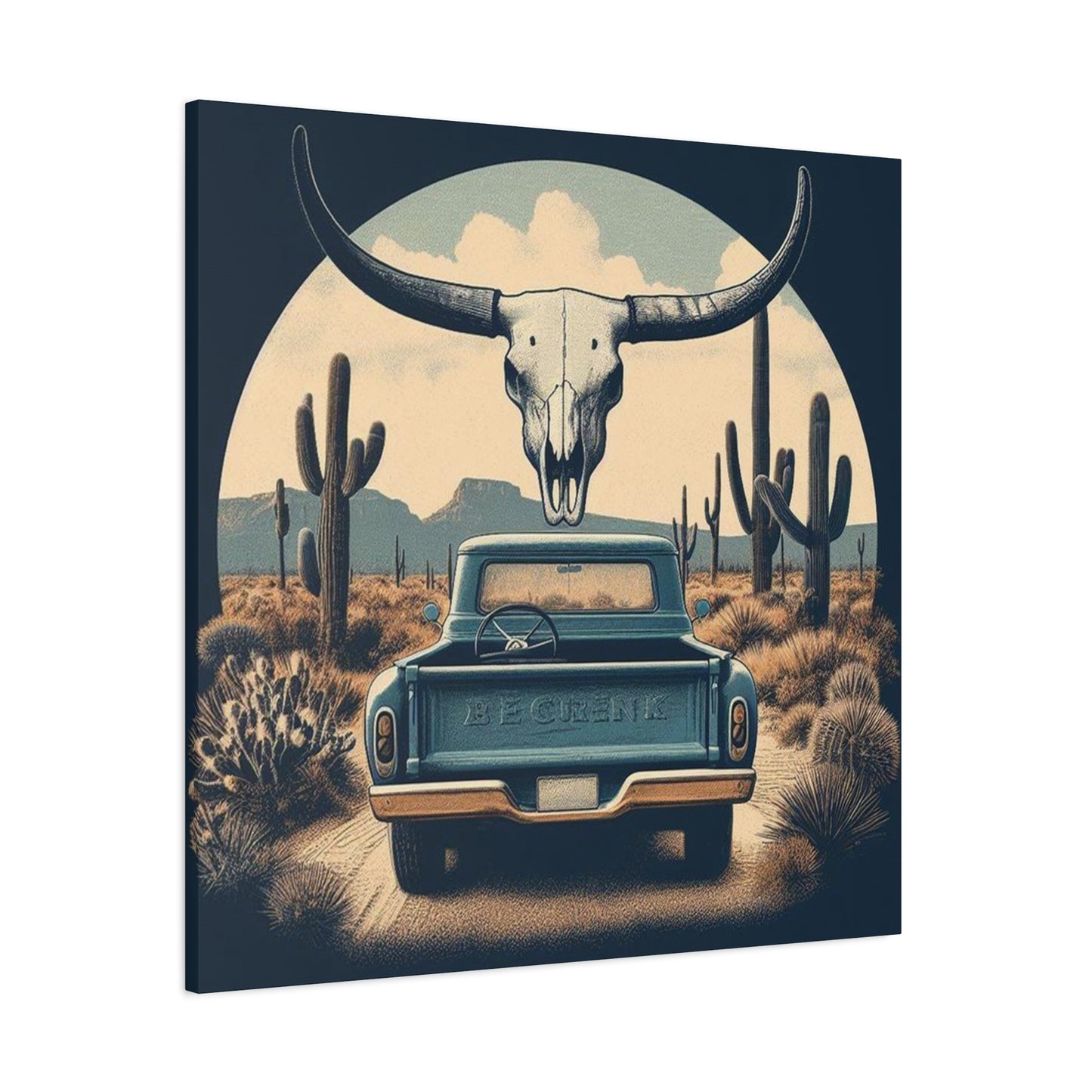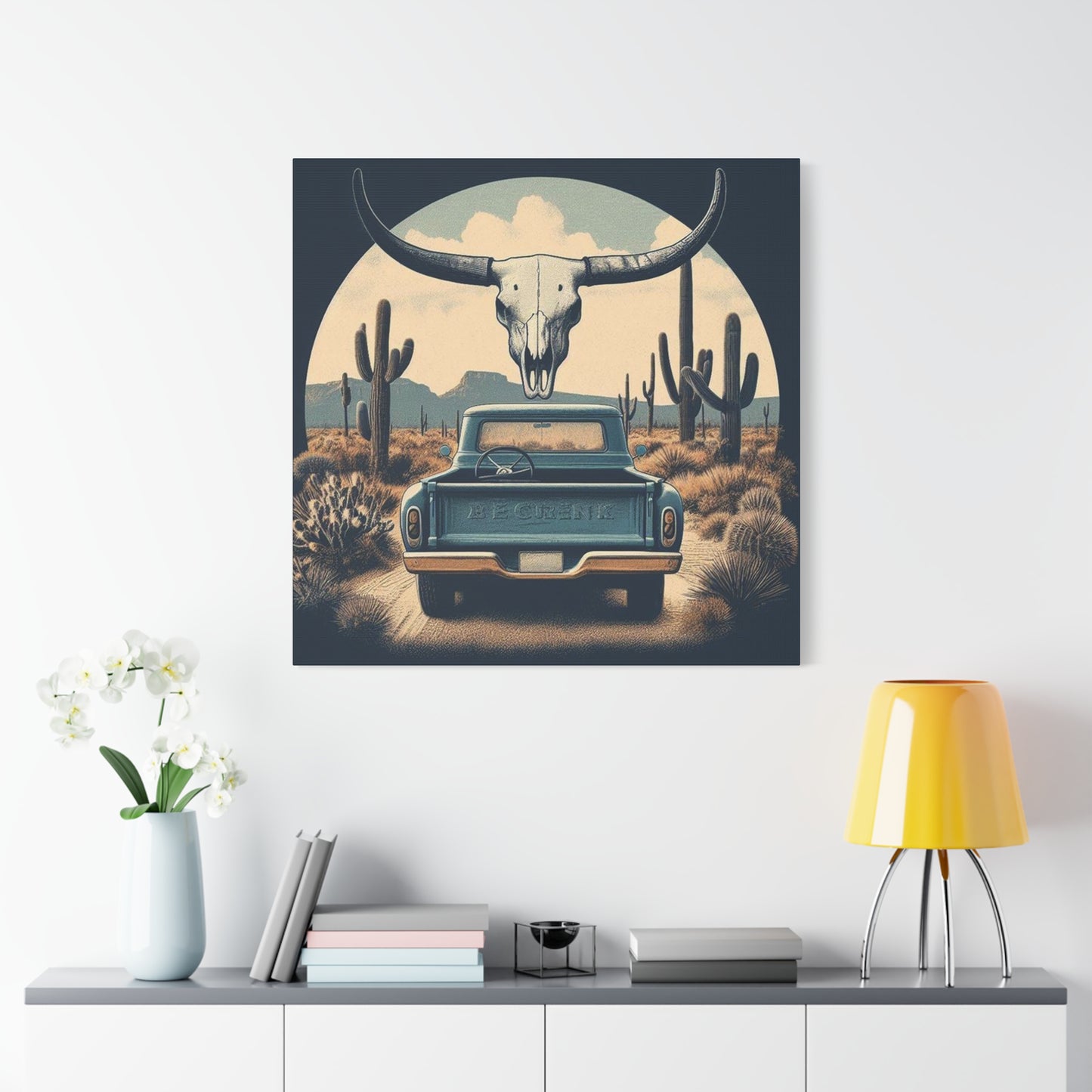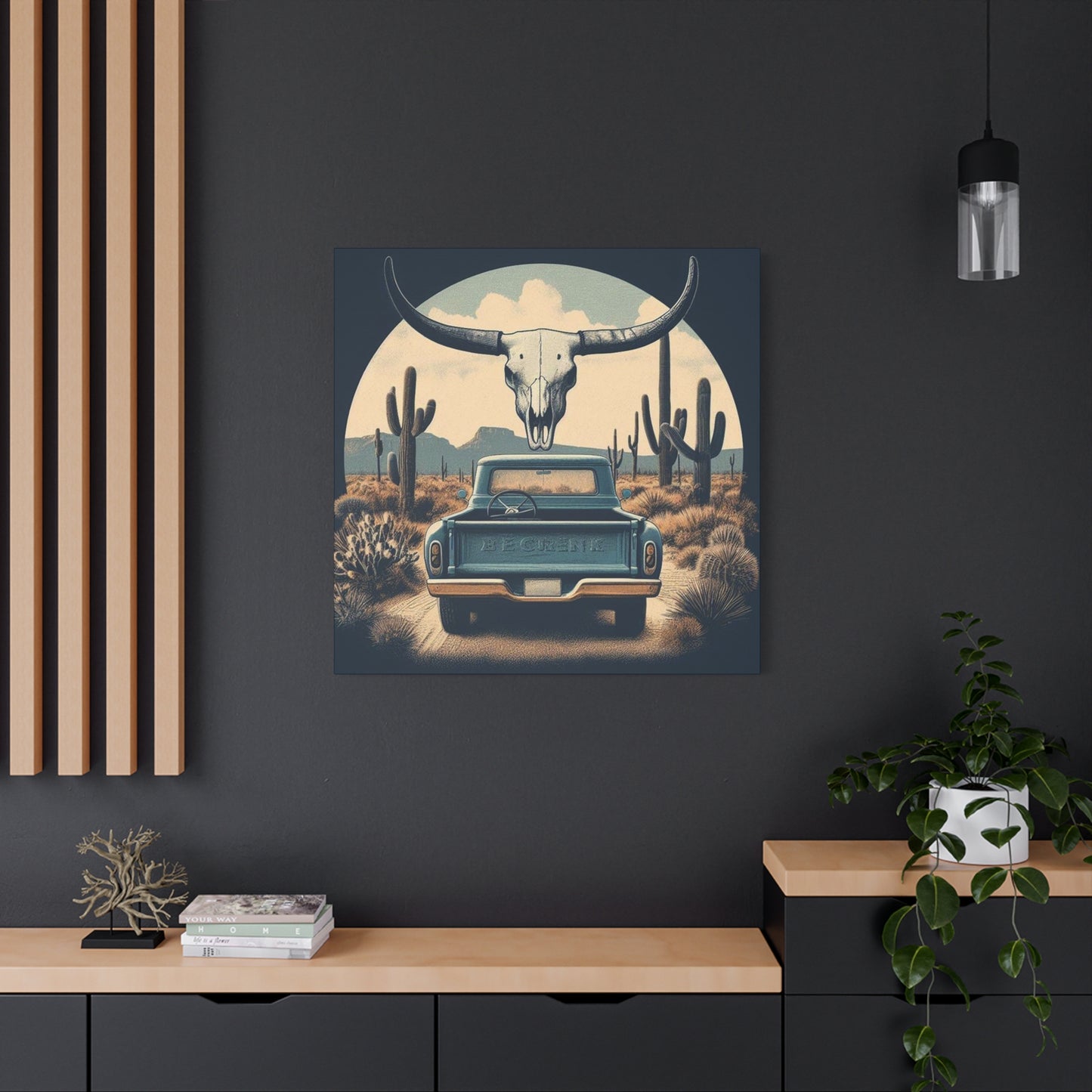Incorporating Desert Vibes: Styling Tips for Your Home Using Cactus Wall art Posters
Desert cactus wild poster wall art represents more than simple decoration; it embodies a profound connection to nature's most resilient and striking forms. These artistic representations capture the essence of arid landscapes, bringing the raw beauty of desert environments into contemporary living environments. The appeal of cactus-themed artwork lies in its ability to evoke feelings of tranquility, endurance, and natural wonder while maintaining a sophisticated aesthetic that complements various design styles.
The distinctive silhouettes of cacti create compelling visual narratives that speak to our innate appreciation for organic forms. Each spine, paddle, and flowering crown tells a story of adaptation and survival, making these botanical subjects particularly meaningful in modern artistic contexts. Wild poster wall art featuring desert cacti often emphasizes the dramatic contrast between the harsh desert environment and the delicate beauty of these remarkable plants.
Contemporary artists have discovered countless ways to interpret cactus imagery, from photorealistic representations that showcase every detail of these fascinating plants to stylized interpretations that focus on their geometric patterns and sculptural qualities. The versatility of cactus subjects allows for artistic exploration across multiple mediums and techniques, resulting in a rich variety of poster options for collectors and decorators alike.
The popularity of desert cactus wild poster wall art continues to grow as people seek connections to nature within their living environments. These pieces serve as daily reminders of the beauty found in unexpected places, encouraging viewers to appreciate the strength and resilience that cacti represent. Whether displayed individually or as part of larger collections, cactus posters bring a sense of calm and grounding to any room.
The natural color palettes associated with desert cacti create harmonious foundations for various decorating schemes. From sage greens and dusty blues to warm terracottas and golden yellows, these earthy tones complement both neutral and bold color choices, making cactus artwork surprisingly versatile for different aesthetic preferences.
Why Desert Cactus Prints Are Popular
Desert cactus prints have experienced remarkable popularity growth across diverse demographic groups and design preferences, reflecting broader cultural shifts toward sustainable living and biophilic design principles. This artistic trend corresponds with increasing awareness of environmental conservation and a growing appreciation for drought-resistant plants that thrive in challenging conditions.
The minimalist aesthetic of many cactus species naturally appeals to contemporary design sensibilities that favor clean lines and uncluttered compositions. These botanical subjects offer visual interest without overwhelming complexity, making them ideal for modern living environments where simplicity and functionality take precedence. The geometric patterns found in cactus structures provide organic alternatives to purely abstract designs while maintaining sophisticated visual appeal.
Social media platforms have significantly contributed to the popularity of desert cactus prints, with countless images showcasing these plants in stylish home settings. The photogenic nature of cacti, combined with their symbolic associations with resilience and adaptability, has made them particularly appealing to younger generations who value authenticity and meaningful design choices over purely decorative elements.
The wellness movement has also influenced the growing appreciation for cactus imagery, as these plants represent self-care, patience, and the ability to flourish despite challenging circumstances. Many people find comfort and inspiration in surrounding themselves with representations of organisms that demonstrate such remarkable survival strategies and natural beauty.
Cultural influences from Southwestern and Mexican artistic traditions have brought desert flora into mainstream decorative arts, introducing broader audiences to the aesthetic possibilities of cactus-themed artwork. This cross-cultural appreciation has expanded the market for desert cactus prints while fostering greater understanding of the ecological and cultural significance of these remarkable plants.
The therapeutic qualities associated with viewing nature imagery have made desert cactus prints particularly appealing for creating calming environments in homes and offices. Research suggests that exposure to natural imagery, even through artistic representations, can reduce stress levels and improve overall well-being, making these prints both beautiful and beneficial additions to living environments.
Choosing the Right Size for Cactus Wall Art
Selecting appropriate dimensions for desert cactus wild poster wall art requires careful consideration of multiple factors including room proportions, furniture arrangements, and intended visual impact. The scale of artwork dramatically influences how viewers perceive and interact with both the piece itself and the surrounding environment, making size selection a crucial design decision.
Large-format cactus posters create commanding focal points that can anchor entire room designs while providing opportunities for dramatic visual statements. These substantial pieces work particularly well in living rooms, bedrooms, and hallways where wall areas can accommodate their impressive presence without feeling crowded or overwhelming. When choosing oversized prints, consider the viewing distance and ensure adequate wall area to prevent the artwork from dominating the environment inappropriately.
Medium-sized cactus prints offer versatility for various applications while maintaining significant visual presence. These dimensions work effectively above furniture pieces such as sofas, beds, or console tables, providing balanced proportions that complement rather than compete with existing elements. Medium prints also allow for creative grouping possibilities, enabling the development of gallery walls or themed collections that showcase multiple aspects of desert flora.
Small cactus prints excel in intimate settings where subtle natural touches enhance rather than dominate the decorative scheme. These compact pieces work beautifully in bathrooms, kitchens, home offices, or cozy reading nooks where space limitations require more restrained artistic choices. Small prints also offer budget-friendly options for those beginning to explore cactus-themed decor or wanting to test color palettes before committing to larger investments.
Consider the architectural features of your chosen location when determining appropriate print sizes. High ceilings can accommodate larger artwork that might feel overwhelming in more intimate settings, while smaller rooms often benefit from proportionally scaled pieces that maintain proper visual balance. The presence of other decorative elements, lighting fixtures, and furniture should also influence size decisions to ensure harmonious overall compositions.
The intended emotional impact should guide size selection decisions as well. Larger prints tend to create more dramatic, immersive experiences that can transport viewers mentally to desert landscapes, while smaller pieces offer gentle reminders of natural beauty without overwhelming the senses. Consider your personal preferences and the desired atmosphere when making final size determinations.
Framing Ideas for Desert Cactus Posters
Appropriate framing choices can significantly enhance the visual impact and longevity of desert cactus wild poster wall art while protecting these valuable pieces from environmental damage. The frame selection process should consider both aesthetic compatibility with the artwork and practical requirements for preservation and display.
Natural wood frames complement cactus imagery beautifully, echoing the organic themes while adding warmth and texture to the overall presentation. Light woods such as oak, maple, or bamboo create fresh, contemporary looks that enhance the natural beauty of desert subjects without competing for visual attention. Darker woods like walnut or mahogany provide more formal, sophisticated appearances that can elevate cactus prints for traditional or elegant decorating schemes.
Metal frames offer sleek, modern alternatives that work particularly well with minimalist or industrial design approaches. Black metal frames create dramatic contrasts that make cactus imagery pop against neutral backgrounds, while silver or gold finishes can add subtle luxury touches. The clean lines of metal framing complement the geometric patterns found in many cactus species while maintaining contemporary aesthetic appeal.
Matting choices significantly influence the final appearance of framed cactus prints, providing opportunities to enhance colors, create visual breathing room, and add professional finishing touches. White or cream mats offer classic, timeless approaches that work well with most cactus imagery and decorating schemes. Colored mats can pick up accent tones from the artwork, creating cohesive color relationships that tie pieces together with surrounding decor.
Consider glass or acrylic glazing options to protect valuable prints while maintaining optimal viewing experiences. UV-filtering glazing helps prevent fading and color deterioration over time, particularly important for pieces displayed in bright rooms or areas with significant sun exposure. Non-glare options reduce reflections that might interfere with viewing, especially in rooms with multiple light sources or challenging lighting conditions.
Custom framing allows for personalized approaches that reflect individual tastes and specific decorative requirements. Working with professional framers ensures proper preservation techniques while providing access to specialized materials and expertise that can enhance both the appearance and longevity of cactus poster collections.
Symbolism in Desert Cactus Wall Art
Desert cactus wild poster wall art carries rich symbolic meanings that resonate deeply with contemporary audiences seeking meaningful connections to nature and personal growth. These remarkable plants have evolved extraordinary adaptations that serve as powerful metaphors for human resilience, patience, and the ability to thrive despite challenging circumstances.
The most prominent symbolic association with cacti centers around endurance and survival. These plants have mastered the art of thriving in harsh conditions where other flora cannot survive, making them powerful symbols of persistence and determination. Displaying cactus artwork serves as daily inspiration for overcoming obstacles and maintaining strength during difficult periods, reminding viewers that beauty and growth are possible even in seemingly impossible situations.
Water conservation strategies employed by cacti symbolize wisdom in resource management and sustainable living practices. In contemporary contexts where environmental consciousness influences many lifestyle decisions, cactus imagery represents mindful consumption and the importance of working within natural limitations. This symbolism particularly appeals to individuals committed to reducing their environmental footprint while maintaining rich, fulfilling lives.
The protective spines of cacti symbolize healthy boundary setting and self-preservation instincts. In psychological interpretations, these natural defenses represent the importance of protecting one's energy, time, and emotional well-being from harmful influences. Cactus wall art can serve as gentle reminders to maintain appropriate personal boundaries while remaining open to positive growth opportunities.
Many cactus species produce spectacular flowers despite their harsh growing conditions, symbolizing the possibility of beauty emerging from unexpected sources. This flowering aspect represents hope, transformation, and the rewards that come from patient persistence. The contrast between protective spines and delicate blossoms illustrates the complexity of strength and vulnerability existing within the same organism.
Cultural symbolism varies across different traditions, with some viewing cacti as symbols of protection, prosperity, and spiritual growth. In Feng Shui practices, certain cactus placements are believed to provide protective energy while promoting stability and grounding. These diverse symbolic interpretations add layers of meaning to cactus artwork, allowing viewers to connect with pieces on multiple levels.
Mixing Desert Cactus Prints with Wild Themes
Combining desert cactus wild poster wall art with broader wilderness themes creates dynamic, engaging decorative schemes that celebrate the diversity and beauty of natural environments. This approach allows for creative exploration of different ecosystems while maintaining cohesive aesthetic connections through shared natural subjects and complementary color palettes.
Wildlife imagery pairs exceptionally well with cactus prints, particularly animals native to desert regions such as roadrunners, coyotes, desert foxes, and various bird species. These combinations create narrative possibilities that tell stories about desert ecosystems while providing educational opportunities for viewers interested in natural history. The relationship between desert flora and fauna adds depth and complexity to decorative schemes.
Landscape photography featuring desert vistas, mountain ranges, and expansive skies creates dramatic backdrops that enhance the impact of cactus-focused pieces. These broader environmental contexts help viewers understand the natural habitats where cacti thrive while providing scale references that emphasize both the vastness of desert landscapes and the detailed beauty of individual plants.
Abstract interpretations of natural themes offer sophisticated approaches to mixing cactus imagery with wild elements. Geometric patterns inspired by rock formations, water erosion patterns, or cloud movements can complement the structural beauty of cactus forms while adding visual variety to collections. These abstract pieces provide breathing room within more literal botanical displays.
Seasonal wild themes can incorporate cactus prints as anchor pieces while rotating complementary artwork to reflect changing natural cycles. Spring wildflower imagery, summer sunset scenes, autumn foliage collections, and winter mountain landscapes can all work harmoniously with constant cactus elements, creating dynamic decorative schemes that evolve throughout the year.
Mixed media approaches allow for creative combinations of photography, illustration, and artistic interpretation within cohesive wild-themed collections. This diversity in artistic techniques adds visual interest while demonstrating the many ways artists interpret and celebrate natural subjects. The variety keeps collections fresh and engaging for long-term enjoyment.
Popular Artists Creating Cactus Wall Art
The contemporary art world features numerous talented artists who have embraced desert cactus subjects, creating distinctive interpretations that range from photorealistic documentation to abstract artistic exploration. These creators bring unique perspectives and technical skills to cactus imagery, resulting in diverse collections that appeal to various aesthetic preferences and collecting interests.
Photography-based artists often focus on capturing the intricate details and sculptural qualities of cactus specimens in their natural habitats. These practitioners emphasize technical excellence in composition, lighting, and color reproduction to showcase the inherent beauty of desert flora. Their work often serves documentary purposes while creating stunning visual art that celebrates the complexity and variety found within cactus species.
Botanical illustrators bring scientific accuracy combined with artistic sensitivity to their cactus subjects, creating detailed renderings that serve both educational and decorative purposes. These artists often work with botanists and researchers to ensure accurate representation of plant structures while developing aesthetically pleasing compositions suitable for home display.
Contemporary painters explore cactus subjects through various artistic movements including impressionism, expressionism, and abstract interpretation. These artists focus on emotional responses to desert environments, using color, texture, and compositional techniques to convey feelings and impressions rather than literal documentation of plant forms.
Digital artists have embraced cactus subjects as vehicles for exploring new technologies and artistic techniques. Computer-generated imagery, digital manipulation of photographic sources, and hybrid approaches combining traditional and digital methods create innovative interpretations that push artistic boundaries while celebrating natural subjects.
Printmaking artists utilize techniques such as lithography, screen printing, and etching to create limited edition cactus artwork that combines artistic craftsmanship with accessibility for collectors. These traditional printmaking methods often result in unique textures and color qualities that cannot be replicated through other artistic approaches.
The growing popularity of cactus wall art has encouraged collaborations between artists and commercial publishers, making high-quality reproductions available to broader audiences while supporting artistic communities. These partnerships help emerging artists reach new markets while providing consumers with affordable access to professionally created cactus artwork.
Abstract Styles in Desert Cactus Posters
Abstract interpretations of desert cactus wild poster wall art offer sophisticated alternatives to literal botanical representation, allowing artists to explore emotional and conceptual responses to these remarkable plants while creating visually striking pieces that complement contemporary design aesthetics. Abstract approaches can distill the essence of cactus forms into simplified, stylized compositions that maintain connection to natural subjects while achieving broader artistic impact.
Geometric abstraction techniques translate the structural patterns found in cactus anatomy into clean, mathematical compositions that appeal to minimalist design sensibilities. These approaches might emphasize the radial symmetry of barrel cacti, the vertical repetition of columnar species, or the angular relationships between paddle cactus segments. The resulting artwork maintains recognizable connections to natural forms while achieving sophisticated graphic appeal.
Color field approaches focus on the atmospheric and emotional qualities of desert environments, using broad areas of color to suggest the heat, light, and expansive feeling of cactus habitats. These pieces might employ gradations from deep earth tones to brilliant sky blues, creating immersive color experiences that transport viewers mentally to desert landscapes without requiring literal plant representation.
Expressionist techniques allow artists to convey personal emotional responses to cactus subjects through bold color choices, energetic brushwork, and exaggerated forms. These approaches might emphasize the fierce protection suggested by cactus spines, the surprising delicacy of desert flowers, or the stark beauty of plants surviving in challenging conditions.
Cubist-inspired interpretations break down cactus forms into multiple perspectives and geometric fragments, reconstructing these elements into complex compositions that challenge traditional viewing expectations. These approaches can reveal hidden aspects of familiar plant forms while creating intellectually engaging artwork that rewards careful observation.
Watercolor abstractions capture the fluid, organic qualities of desert light and atmosphere while suggesting rather than defining cactus forms. These techniques often result in dreamy, contemplative pieces that evoke the meditative qualities of desert experiences without requiring detailed botanical accuracy.
Mixed media abstract approaches combine various materials and techniques to create textured, multi-dimensional interpretations of cactus subjects. These might incorporate sand, natural fibers, or metallic elements to suggest the tactile qualities of desert environments while maintaining abstract compositional approaches.
Where to Hang Desert Cactus Wall Art
Strategic placement of desert cactus wild poster wall art significantly influences both the visual impact of individual pieces and their contribution to overall room aesthetics. Understanding optimal hanging locations helps maximize the decorative potential of cactus artwork while ensuring appropriate integration with existing architectural features and furniture arrangements.
Living room environments offer numerous excellent opportunities for displaying cactus wall art, particularly above seating areas where the artwork can serve as conversation focal points. The wall behind sofas provides ideal locations for larger pieces or grouped collections, while side walls can accommodate smaller works that add visual interest without competing with television or fireplace focal points.
Bedroom settings benefit from the calming, grounding qualities associated with cactus imagery, making these locations particularly suitable for pieces intended to promote relaxation and peaceful sleep. Artwork positioned above beds creates intimate focal points, while pieces on adjacent walls can balance room compositions and provide visual interest for daily viewing.
Hallway locations excel for displaying collections of smaller cactus prints that create gallery-like experiences as people move through these transitional areas. The linear nature of hallways naturally accommodates sequential viewing of multiple pieces, allowing for storytelling approaches or thematic progressions that engage viewers throughout their passage.
Home office environments can benefit significantly from cactus wall art, as these natural subjects provide stress-reducing visual breaks during intensive work periods. The symbolic associations with resilience and persistence make cactus imagery particularly appropriate for work environments where motivation and endurance are valued qualities.
Kitchen and dining areas can incorporate cactus wall art as part of broader natural or southwestern decorative themes. These locations often feature abundant natural light that enhances the colors and details in botanical artwork while creating pleasant viewing experiences during meal preparation and family gatherings.
Bathroom locations, despite potential humidity concerns, can successfully display properly protected cactus prints that add natural beauty to utilitarian areas. The compact sizes typical of bathroom wall areas often work well with smaller format prints that provide visual interest without overwhelming limited areas.
Consider lighting conditions carefully when selecting hanging locations, as proper illumination dramatically affects how cactus artwork appears throughout different times of day. Natural light enhances colors and details, while artificial lighting should be positioned to minimize glare and shadows that might interfere with optimal viewing experiences.
Gift Ideas Featuring Desert Cactus Posters
Desert cactus wild poster wall art makes exceptional gifts for various occasions and recipients, offering meaningful presents that combine aesthetic beauty with symbolic significance. The universal appeal of natural subjects and the growing popularity of botanical decor make cactus prints thoughtful choices for people with diverse tastes and living situations.
Housewarming gifts featuring cactus wall art help new homeowners establish connections to nature within their fresh living environments. These pieces can serve as foundational elements for developing broader decorative schemes while providing immediate visual interest for bare walls. Consider including information about cactus symbolism to enhance the meaningful aspects of these gifts.
Birthday presents incorporating cactus artwork appeal particularly to individuals interested in sustainable living, natural history, or contemporary design trends. Personalized selections based on the recipient's color preferences or existing decor can demonstrate thoughtful consideration while introducing new aesthetic elements to their living environments.
Office warming gifts featuring small-format cactus prints provide professional-appropriate natural touches for workplace environments where personal expression opportunities may be limited. These pieces can reduce stress and provide inspiring visual breaks during demanding work periods while maintaining appropriate professional appearances.
Anniversary or relationship milestone gifts might focus on the endurance and resilience symbolized by cacti, making these plants meaningful metaphors for lasting partnerships. Pairs of complementary prints or collections that can be displayed together create unified gifts that celebrate shared experiences and future growth.
Graduation gifts featuring cactus wall art acknowledge the persistence and determination required for academic achievement while providing useful items for transitioning to new living situations. These practical yet meaningful presents can accompany recipients to dormitories, first apartments, or professional environments.
Holiday gift collections might group multiple smaller cactus prints with complementary frames or mounting materials, creating complete decorating solutions that recipients can implement immediately. These comprehensive gifts demonstrate extra thoughtfulness while ensuring recipients have everything needed for successful display.
Consider pairing cactus wall art with related items such as books about desert ecology, small potted cacti, or southwestern-themed accessories to create themed gift baskets that explore broader interests in natural subjects and environmental awareness.
DIY Desert Cactus Wall Art Projects
Creating custom desert cactus wild poster wall art through do-it-yourself approaches offers rewarding opportunities for personal artistic expression while developing unique pieces perfectly tailored to individual preferences and decorative requirements. These projects can range from simple adaptations of existing materials to complex original artistic endeavors.
Photography-based DIY projects allow individuals to capture their own cactus subjects during desert travels or visits to botanical gardens. Digital cameras and smartphones make high-quality botanical photography accessible to beginners, while photo editing software enables enhancement and artistic manipulation of captured images. These personal photographs carry additional sentimental value beyond their decorative appeal.
Watercolor painting projects provide accessible entry points for creating original cactus artwork without requiring extensive artistic training. Basic watercolor techniques can produce beautiful botanical illustrations, while experimental approaches might explore abstract color interpretations of desert themes. Online tutorials and community art classes can support skill development for interested beginners.
Collage techniques allow for creative combinations of various materials including magazine cutouts, natural elements, textured papers, and photographic elements. These mixed media approaches can create unique interpretations of cactus subjects while incorporating personal touches and found materials that reflect individual experiences and interests.
Printmaking workshops or home printing techniques can transform original artwork or adapted imagery into multiple copies suitable for grouping or sharing. Screen printing, block printing, or high-quality digital reproduction methods allow DIY artists to create professional-appearing results from their original cactus designs.
Pressed flower and plant techniques can incorporate actual cactus elements (safely collected from pruned cultivated plants) into artistic compositions. These botanical pressing projects create authentic natural artwork while teaching about plant structure and preservation techniques.
Stenciling approaches allow for creating repeated cactus motifs across larger surface areas or multiple smaller pieces. These techniques work well for individuals who prefer structured, pattern-based approaches to artistic creation while still achieving personalized results through color and composition choices.
Digital art creation using tablets and styluses provides accessible ways to develop original cactus artwork without traditional art supply investments. Various applications support different artistic styles and techniques while allowing for easy revision and experimentation during the creative process.
Creating a Wild Vibe with Cactus Posters
Establishing authentic wild atmospheres using desert cactus wild poster wall art requires thoughtful consideration of complementary elements, color coordination, and compositional relationships that work together to transport viewers mentally to natural desert environments. These immersive decorative approaches can transform ordinary living areas into inspiring retreats that celebrate natural beauty.
Layered compositions incorporating multiple cactus prints at varying sizes create visual depth and complexity that mimics the diverse plant communities found in natural desert ecosystems. These arrangements might combine close-up botanical studies with broader landscape views, creating storytelling opportunities that guide viewers through different scales of desert experience.
Natural material integration enhances the wild atmosphere by incorporating authentic textures and colors that complement cactus imagery. Stone accents, weathered wood elements, natural fiber textiles, and earth-toned ceramics all contribute to cohesive natural themes while providing tactile experiences that engage multiple senses.
Lighting design plays crucial roles in establishing wild vibes, with warm-toned bulbs and directional fixtures that create dramatic shadows and highlights reminiscent of desert sunlight. Avoiding harsh fluorescent lighting helps maintain the romantic, mysterious qualities associated with wild natural environments.
Color palette coordination should emphasize earth tones, sage greens, terracotta reds, and golden yellows that reflect authentic desert coloration. These natural color relationships create harmonious foundations that support rather than compete with cactus artwork while establishing cohesive wild themes throughout decorated areas.
Furniture selections featuring natural materials such as leather, rough-hewn wood, and woven textiles enhance wild atmosphere while providing functional elements that support daily living requirements. Avoiding overly refined or artificial materials helps maintain authentic natural feelings.
Scent elements including desert sage, cedar, or subtle earthy fragrances can complete sensory experiences that transport inhabitants mentally to wild desert locations. These aromatic touches engage senses beyond visual appreciation while creating memorable atmospheric experiences.
Plant integration with live cacti and succulents bridges the gap between artistic representation and living natural elements. These living additions require appropriate care and lighting conditions but provide authentic natural presence that enhances the impact of related artwork.
Color Palettes in Desert Cactus Art
Desert cactus wild poster wall art encompasses diverse color palettes that reflect the surprising variety found within seemingly monochromatic desert environments. Understanding these natural color relationships helps in selecting artwork that coordinates effectively with existing decor while authentically representing the visual richness of desert ecosystems.
Green variations form the foundation of most cactus color palettes, ranging from deep forest tones in shaded specimens to bright lime accents in new growth areas. Blue-green hues appear in many desert species, while gray-green tones suggest drought adaptation and mature plant character. These subtle variations provide opportunities for sophisticated color coordination within broader decorative schemes.
Flower colors introduce dramatic accent possibilities that contrast beautifully with more subdued plant body tones. Bright yellows, vibrant magentas, orange reds, and pure whites create stunning focal points that demonstrate the surprising beauty possible within harsh environments. These flowering periods represent brief but spectacular natural displays that inspire artistic celebration.
Earth tone foundations including various browns, tans, and gray provide grounding colors that reflect natural soil and rock conditions where cacti thrive. These neutral tones work excellently as supporting colors that enhance rather than compete with more prominent plant hues while maintaining authentic environmental character.
Sky color influences appear throughout cactus artwork, with desert blue tones ranging from pale morning hues to deep evening shades. Sunset and sunrise colors including oranges, pinks, and purples often accompany cactus subjects, reflecting the dramatic lighting conditions common in desert regions.
Seasonal color variations reflect changing environmental conditions and plant responses throughout annual cycles. Spring growth periods might emphasize fresh greens and bright flower colors, while drought conditions could feature more muted, silvery tones that suggest water conservation adaptations.
Shadow and highlight relationships create additional color complexity through warm and cool tone interactions. Desert sunlight produces dramatic contrasts that influence how artists interpret and represent cactus subjects, with strong shadows providing deep purple and blue tones that balance bright, warm highlights.
Monochromatic approaches focusing on single color families can create sophisticated, contemporary interpretations of cactus subjects while maintaining recognizable natural connections. These simplified color palettes work particularly well in minimalist decorating schemes where subtle variation takes precedence over dramatic contrast.
Gallery Walls Featuring Cactus Prints
Gallery wall arrangements incorporating desert cactus wild poster wall art provide excellent opportunities for creating dynamic, engaging displays that showcase collections while demonstrating personal aesthetic preferences and curatorial skills. These grouped presentations allow for creative exploration of relationships between individual pieces while achieving greater visual impact than single artworks.
Planning considerations should include overall wall dimensions, furniture relationships, and sight line patterns that influence how viewers experience the arranged collection. Sketch layouts or temporary paper templates can help visualize arrangements before committing to permanent hanging positions, allowing for adjustments that optimize both individual piece presentation and collective composition success.
Size variation within gallery walls creates visual rhythm and prevents monotonous repetition while accommodating different budget levels and collection development over time. Mixing larger anchor pieces with smaller supporting works allows for flexible arrangements that can evolve as collections grow or decorative preferences change.
Framing consistency versus variety decisions significantly influence final gallery wall character. Uniform framing creates cohesive, professional appearances that emphasize artwork content over presentation materials, while varied framing approaches can add visual interest and reflect different acquisition periods or artistic preferences.
Color coordination strategies might emphasize harmony through similar tonal ranges or create excitement through complementary contrasts that enhance individual piece characteristics. Consider how neighboring pieces influence each other's appearance and adjust arrangements to optimize these relationships.
Thematic organization approaches could group pieces by subject matter, artistic technique, color families, or size relationships. These curatorial strategies help viewers understand collection logic while creating opportunities for educational or narrative presentations that enhance appreciation levels.
Lighting considerations become particularly important with gallery walls, as multiple pieces require consistent, adequate illumination without creating problematic glare or shadow patterns. Track lighting or multiple picture lights might be necessary to achieve optimal viewing conditions across entire arrangements.
Growth planning ensures gallery walls can accommodate additional pieces over time without requiring complete reorganization. Leaving strategic areas for expansion or planning modular arrangements that accept new elements gracefully supports long-term collection development goals.
Care Tips for Desert Cactus Wall Art
Proper maintenance of desert cactus wild poster wall art ensures these valuable decorative investments retain their beauty and condition for extended periods while protecting them from environmental damage that could compromise their appearance or longevity. Understanding appropriate care techniques helps preserve both artistic and financial value in these collections.
Environmental protection requires careful consideration of display locations relative to potential damage sources including direct sunlight, humidity fluctuations, temperature extremes, and air pollution. UV radiation from windows can cause significant fading over time, making protective glazing or strategic placement crucial for long-term preservation.
Cleaning procedures for framed prints should emphasize gentle techniques that remove dust and surface contamination without causing damage to artwork or framing materials. Soft, dry cloths work best for glass surfaces, while frame cleaning should use appropriate products for specific materials whether wood, metal, or composite construction.
Humidity control becomes particularly important in bathrooms, kitchens, or other areas where moisture levels fluctuate significantly. Proper framing with moisture barriers and climate-appropriate materials helps protect prints from warping, mold growth, or adhesive failure that could result from excessive humidity exposure.
Handling protocols for repositioning or cleaning should minimize direct contact with artwork surfaces while providing adequate support for frame weights and sizes. Proper lifting techniques and protective materials prevent accidental damage during maintenance or relocation activities.
Storage considerations for rotating collections or temporarily removed pieces should emphasize flat positioning, climate control, and protection from physical damage. Acid-free materials and proper packaging help maintain condition during storage periods while facilitating easy access when pieces are returned to display.
Professional conservation services may be necessary for valuable or damaged pieces that require specialized treatment beyond basic maintenance capabilities. Identifying qualified conservators and understanding when professional intervention is appropriate helps protect significant investments in cactus wall art collections.
Insurance documentation including photographs, purchase records, and condition assessments supports protection against loss while providing necessary information for claims processing if damage occurs. Maintaining organized records helps track collection value and condition changes over time.
Seasonal Decorating with Desert Cactus Posters
Seasonal decorating approaches incorporating desert cactus wild poster wall art offer dynamic ways to refresh living environments throughout the year while maintaining consistent natural themes that provide stability and continuity within changing decorative schemes. These rotating approaches prevent visual stagnation while celebrating seasonal variations in desert environments.
Spring decorating themes might emphasize the flowering periods of various cactus species, showcasing artwork that features bright blooms and fresh growth characteristics. Complementary elements could include fresh color palettes, lightweight fabrics, and accessories that reflect renewal and growth themes common during springtime seasons.
Summer approaches could focus on the heat and intensity of desert environments during peak growing seasons. Artwork featuring dramatic lighting conditions, bold color contrasts, and mature plant specimens creates appropriate seasonal atmosphere while providing cooling visual relief from hot weather conditions.
Autumn decorating might incorporate the subtle color changes that occur in desert plants as they prepare for dormant periods. Earth tones, harvest colors, and cozy textures complement cactus artwork while creating comfortable environments appropriate for cooler weather and indoor activity increases.
Winter themes could emphasize the stark beauty and endurance qualities that make cacti symbols of persistence during challenging periods. Artwork featuring snow-dusted cacti, dramatic storm skies, or winter survival adaptations provides inspiration and beauty during darker seasonal periods.
Holiday integration allows cactus wall art to participate in seasonal celebrations without requiring complete decorative overhauls. Southwestern Christmas themes, desert-inspired autumn decorations, or spring growth celebrations can incorporate existing cactus prints while adding festive elements.
Textile rotation including seasonal throw pillows, blankets, and window treatments provides cost-effective ways to create seasonal changes while maintaining permanent cactus artwork installations. These fabric updates can introduce new colors or patterns that complement different seasonal moods.
Accessory changes through seasonal objects, lighting adjustments, and temporary additions help create fresh appearances without requiring artwork replacement. These smaller modifications provide flexibility for seasonal expression while protecting investments in quality cactus prints.
Textures in Desert Cactus Wall Art
Textural elements in desert cactus wild poster wall art significantly influence visual impact and emotional response, with various artistic techniques creating diverse tactile impressions that enhance viewer engagement and aesthetic appreciation. Understanding how different artistic approaches achieve textural effects helps in selecting pieces that complement existing decor while providing desired sensory experiences.
Photographic textures capture the authentic surface qualities of cactus specimens, from smooth paddle surfaces to intricate spine arrangements and weathered plant skins that show environmental adaptation evidence. High-quality photography can reveal microscopic details that showcase the remarkable complexity of these natural surfaces while providing almost tactile viewing experiences.
Painted textures offer artistic interpretations of cactus surface qualities through various brush techniques, paint applications, and medium choices that create distinctive tactile impressions. Impasto techniques might emphasize the rough, protective qualities of cactus exteriors, while smooth watercolor approaches could suggest the delicate nature of new growth areas.
Digital manipulation techniques can enhance or exaggerate natural textures captured in original photography, creating artistic interpretations that maintain connection to authentic plant characteristics while achieving heightened visual impact. These enhanced textures might emphasize protective spine arrangements or highlight flowering detail that might be subtle in natural conditions.
Mixed media approaches combine various materials and techniques to create complex textural experiences that engage viewers through multiple sensory channels. Sand, fabric, metal elements, or natural fibers incorporated into cactus artwork can provide authentic tactile references while creating unique artistic expressions.
Abstract textural interpretations translate the feeling and impression of cactus surfaces into non-literal artistic expressions that capture essence rather than literal appearance. These approaches might emphasize the protective, resistant qualities through rough, angular compositions or suggest hidden softness through subtle textural variations.
Printing techniques influence final textural characteristics significantly, with various paper choices, ink applications, and finishing processes creating different tactile qualities in reproduced artwork. Matte finishes might enhance natural, organic feelings, while glossy surfaces could emphasize contemporary, sophisticated presentations.
Frame and matting materials contribute additional textural elements that either complement or contrast with artwork characteristics. Rough wood frames might enhance rustic, natural themes, while smooth metal frames could emphasize contemporary, refined presentations that focus attention on image content.
Large vs Small Desert Cactus Prints
Size selection decisions for desert cactus wild poster wall art significantly impact both visual presentation and practical integration within various living environments, with each scale offering distinct advantages and design possibilities that suit different aesthetic goals and spatial requirements. Understanding these size-related considerations helps optimize artwork selection for specific applications.
Large format cactus prints create dramatic focal points that can anchor entire room designs while providing opportunities for immersive visual experiences that transport viewers mentally to desert environments. These substantial pieces work particularly well in contemporary settings where bold statements are desired and adequate wall areas can accommodate their impressive presence without overwhelming proportions.
The detail visibility in large prints allows viewers to appreciate intricate natural characteristics that might be lost in smaller formats, including spine patterns, surface textures, and subtle color variations that demonstrate the remarkable complexity of cactus adaptations. This enhanced detail appreciation can provide educational opportunities alongside decorative value.
Small format prints offer versatility for various decorating applications while maintaining budget accessibility that supports collection development over time. These compact pieces work excellently for gallery wall arrangements, intimate room settings, or locations where subtle natural touches enhance rather than dominate existing decorative schemes.
Grouping possibilities differ significantly between large and small formats, with smaller pieces offering greater flexibility for creating collections that can evolve and expand over time. Multiple small prints can tell visual stories or explore thematic relationships that would be impossible with single large pieces.
Viewing distance requirements influence size appropriateness for specific locations, with large prints requiring adequate distance for optimal appreciation while small prints work better for close viewing situations such as hallways, staircases, or intimate seating areas where proximity enhances detail visibility.
Cost considerations often favor smaller prints for budget-conscious decorators or those beginning to explore cactus-themed artwork, while larger pieces represent significant investments that require careful consideration of long-term decorative commitments and spatial planning.
Conclusion
Incorporating cactus wall art posters into your home décor is a fantastic way to bring the warm, earthy, and effortlessly cool vibes of the desert into your living space. These artworks celebrate the unique beauty of cacti—resilient plants that thrive in harsh environments—making them a perfect symbol of strength, simplicity, and natural elegance. Whether you’re aiming to create a minimalist, bohemian, or southwestern-inspired look, cactus wall art offers versatility and charm that can elevate any room’s atmosphere.
Cactus posters often feature clean lines, muted tones, and organic shapes that blend seamlessly with various interior design styles. They can add a touch of nature without overwhelming the space, making them ideal for those who appreciate subtlety as much as character. By pairing cactus art with complementary elements such as natural wood accents, terracotta pots, or woven textiles, you can craft a cohesive and inviting environment that reflects the serene yet vibrant spirit of the desert.
Moreover, cactus wall art encourages a connection to nature’s resilience and adaptability, reminding us of the beauty found in simplicity and endurance. This symbolism resonates well in modern homes where balancing calmness and vitality is often sought. These posters also work wonderfully as focal points or accents—whether clustered in a gallery wall or showcased individually—adding visual interest and depth to your décor.
Beyond aesthetics, cactus art embodies a lifestyle that values sustainability and mindfulness. The desert’s harsh yet beautiful landscape invites us to appreciate the importance of conserving resources and embracing a slower, more intentional way of living. Incorporating such art into your home subtly reflects these values, making your space not only stylish but also meaningful.
In conclusion, styling your home with cactus wall art posters is an inspiring way to capture the essence of desert vibes. These pieces bring natural beauty, symbolic strength, and versatile design appeal to any room. By thoughtfully integrating cactus art into your décor, you create a warm, welcoming environment that celebrates both nature’s resilience and your personal style—inviting calm, creativity, and a touch of the desert’s unique charm into your everyday life.

















